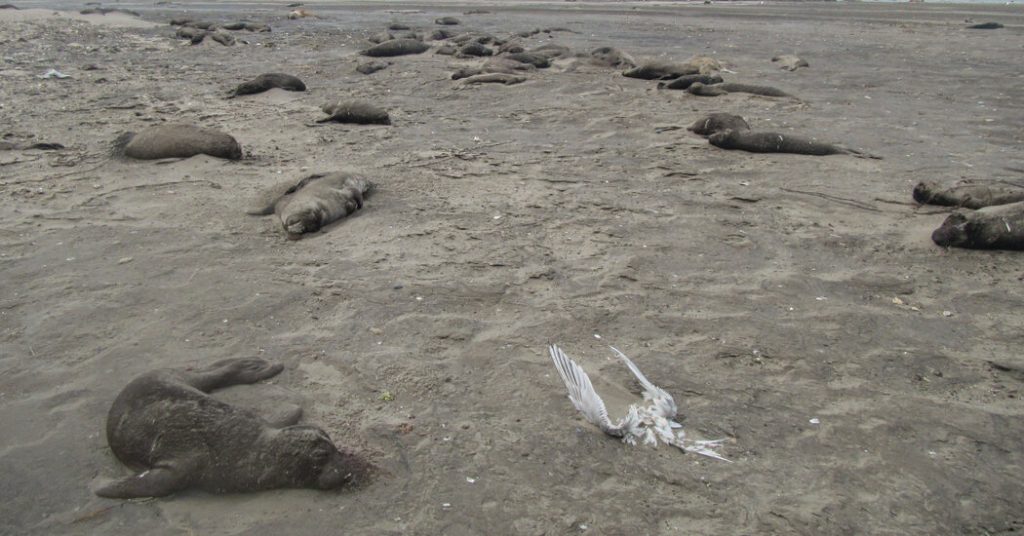Elephant seals in South America died in huge numbers as a result of the chicken flu virus acquired mutations that allowed it to unfold amongst mammals, in line with a brand new research.
The analysis provides the primary genetic and epidemiological proof of chicken flu virus transmission amongst mammals. And the findings maintain a warning: The virus, referred to as H5N1, could equally rework to trigger large-scale infections in different mammalian species, together with folks.
The chicken flu virus is answerable for an ongoing outbreak in dairy cows in america. Since March, it has been detected in cows in 9 states, and in wastewater from a number of others.
The virus could already be spreading from cow to cow, too, however federal officers have stated that the extra doubtless clarification for the outbreak is that it’s spreading by contaminated milk.
H5N1 can also be presumed to have spread among mink on a fur farm in Spain. However the brand new research is the primary to tug collectively totally different streams of proof that substantiate transmission from mammal to mammal.
The research was posted online on Saturday and has not been peer reviewed. However genetic evaluation of the virus, and the dimensions and timing of infections in sea mammals in South America, all counsel that the animals acquired the virus from each other, not from contaminated birds, the researchers stated.









